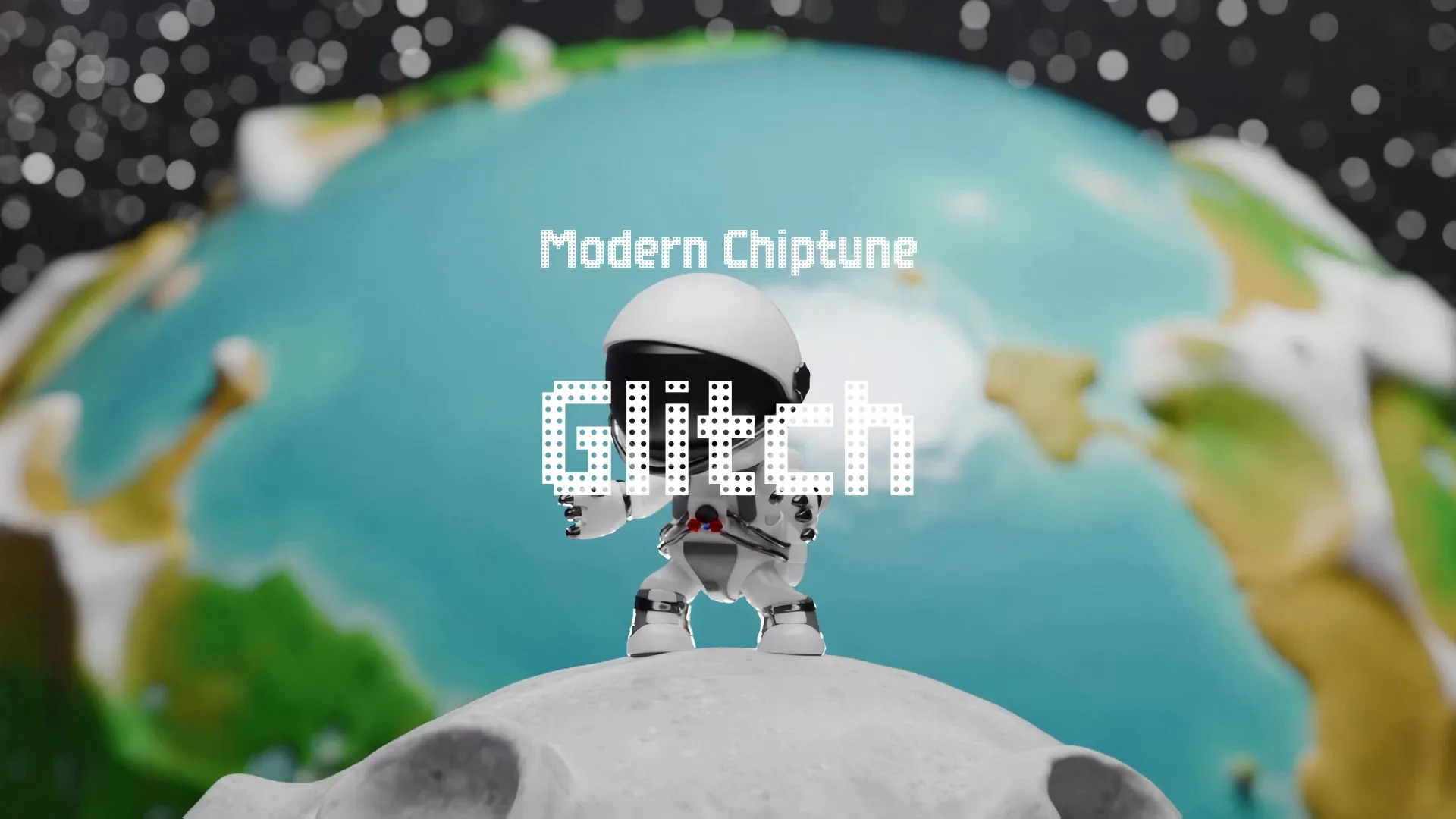A Beginner's Guide to 2D Game Development

Want to build a game, but think you need a huge team and years of experience? 2D development lets you skip the 3D learning curve and ship a game faster. This guide? It’s your clear path, covering the tools, methods, and must-knows for crafting your first 2D games.
Choosing the Right Game Engine
Picking the right engine? It’s like picking the right tool. Here are a few popular options:
Unity: The massive community is your safety net when you get stuck.
Godot: Open-source freedom means you can tweak the engine itself.
GameMaker Studio 2: Drag-and-drop tools let you prototype ideas in hours.
Defold: Tiny file sizes make it perfect for web games.
Which one should you pick? It depends on what you’re after. Once you’ve chosen your engine, fire it up, create a new project, and get ready to bring your 2D dreams to life! Challenge: Try creating a simple scene with a player character in your chosen engine today.
Understanding Core 2D Game Development Concepts
Ever wonder how games create those cool-looking worlds and characters? It all starts with these core concepts.
Sprites and Tilesets: Sprites are your game’s images. Tilesets are collections of tiles used to build levels.
You’ll need to create or find these assets. Hit up OpenGameArt.org for free resources. Sprites and tilesets give your game its look.
Game Objects and Scenes: Game objects are the entities in your game (player, enemies, etc.). Scenes are containers for these objects, forming your game world. Think of a scene as a level in Super Mario Bros., filled with game objects like Goombas and coins.
Game objects and scenes structure your game world.
Create a free account, or log in.
Gain access to free articles, game development tools, and game assets.

.webp)





















